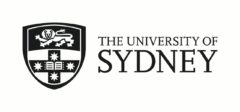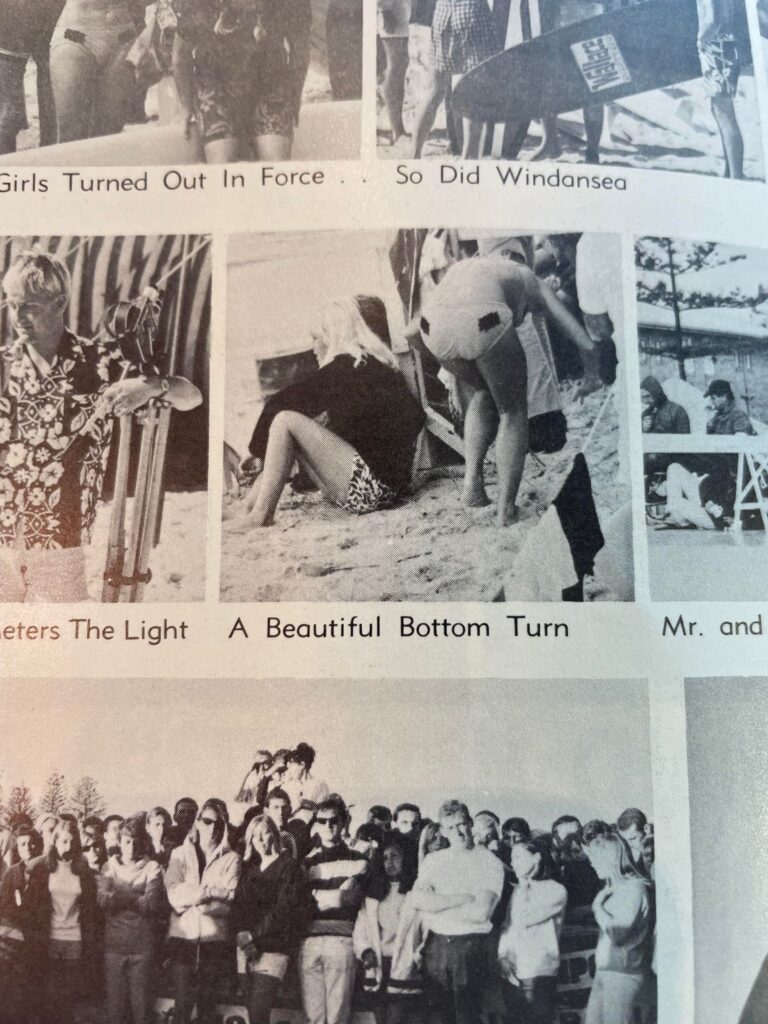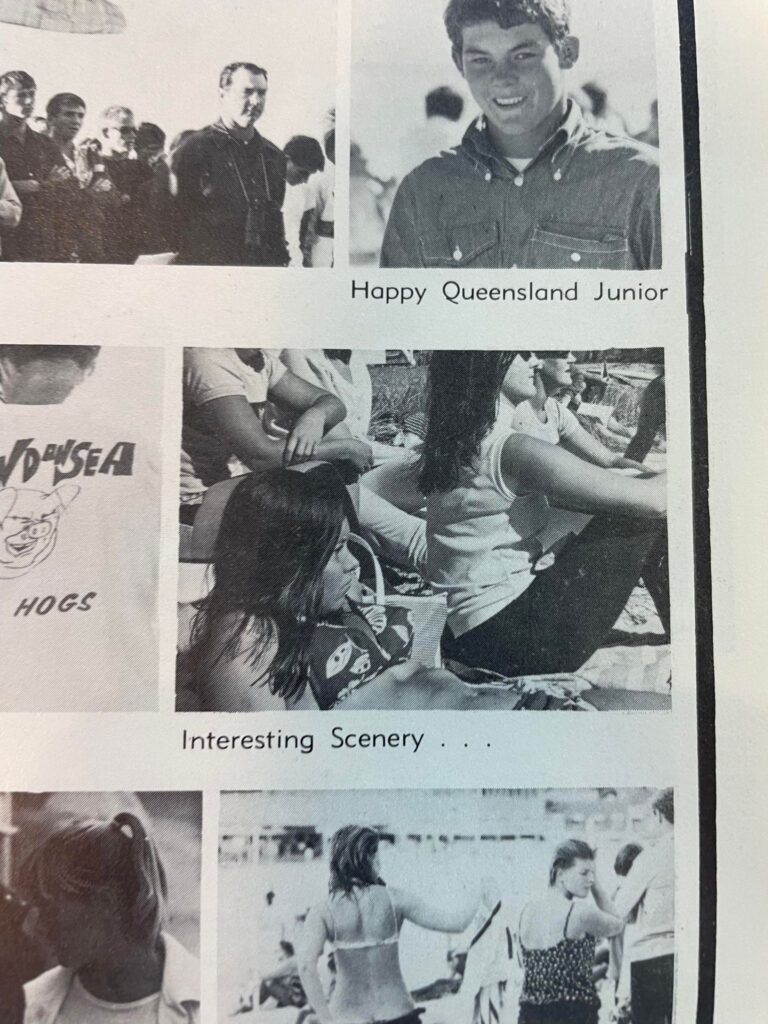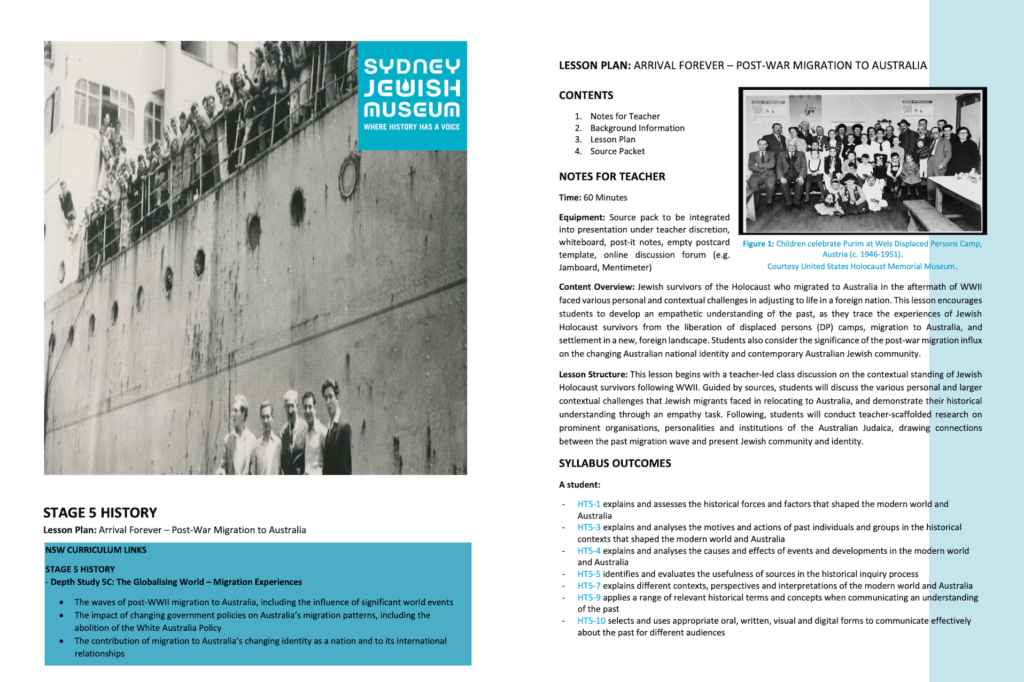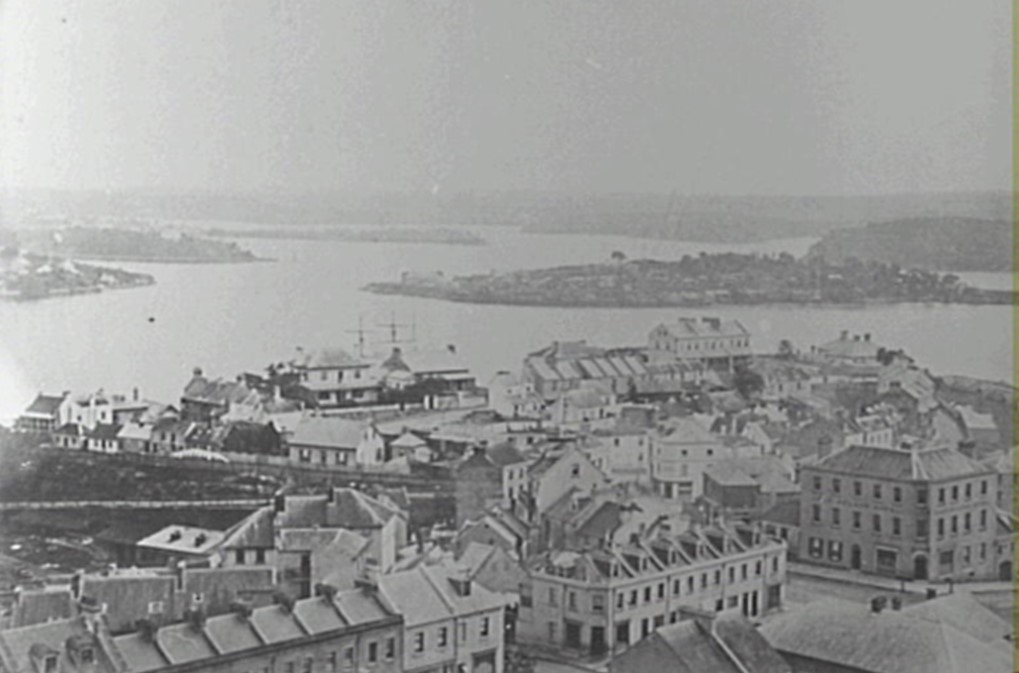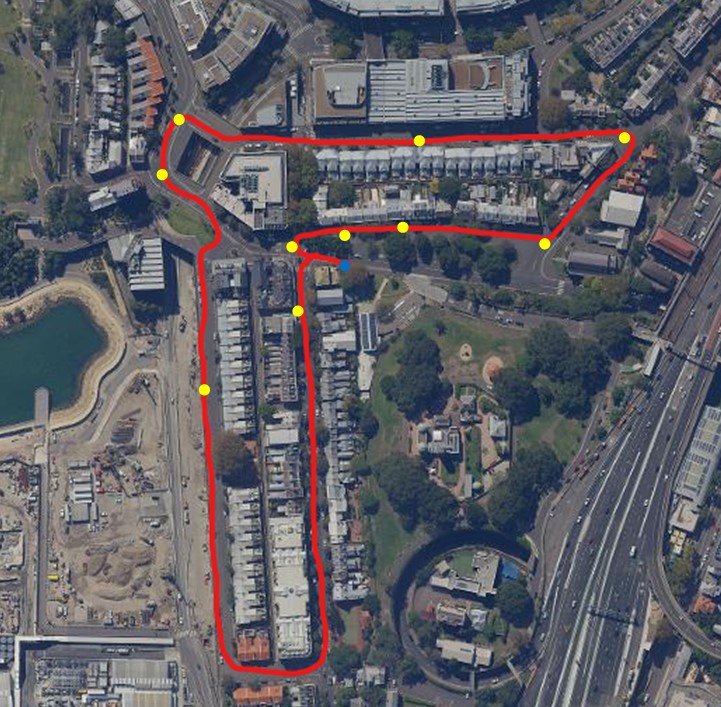Founded in 1973, the Fairfield City District Netball Association (FCDNA) championed the sport of netball in the Fairfield Community. Hundreds of young girls of all ages played as part of a team in a variety of settings. From small games between local clubs to state-wide Championships, the FDCNA both promoted netball sporting culture in Fairfield and the wider state and raised Fairfield’s standing in the process. But the group began to decline in the 2010s as interest in netball began to die down. After folding in 2022, and leaving behind a wealth of material ephemera, my project sought to draw attention to the group once more.
Thus, my project seeks to honour and immortalise the FCDNA through this rich body of sources left behind. I scanned over 100 photographs and transcribed two oral histories from past FCDNA members for my community partner, FCMG, and uploaded it to their online collection. I also wrote a collection summary for FCMG and did captions for each source. I did other accessioning work for some objects the association donated, such as a signboard, a plaque, a flyer promoting the 1979 State Age Championships held in Fairfield, and six badges. All in good, original condition, these sources currently will not be published on the website because the FCMG team are waiting to photograph these objects with a professional next year. But it was so interesting to see this extensive body of ephemera and get to see how they connected with the wider history of Fairfield.
March of the Fairfield City teams during the 1988 NSW State Age Championships at Endeavour Reserve. Image by the FCDNA.
Although tiring and bad for my back (hello scoliosis!), I had fun doing this project. I truly think the FCDNA are underrated and underappreciated in both the Fairfield community and the historical record. There were so many things that I did not know that made me feel guilty. The FCDNA have built so many netball facilities such as hard courts and shared them with the wider sporting community. My family and I have been living in the community since I was born but none of us knew this rich history that was right in front of us.
Netball hard courts at Endeavour Reserve in Fairfield City.
This, and the folding of the FCDNA, ultimately influenced my argument for my project; how it is very important to memorialise historical peoples and groups, especially those who are not around anymore and share their stories. These local histories can tell us so much about our community and the way past peoples have interacted with one another. These relationships were ultimately a theme that I wanted to shine through my work with FCMG regarding the FCDNA.
It was also nice to help FCMG. They are quite a small organisation and do not have enough time or hands to do the accessioning work. I was lowkey surprised but how many steps needed to be done in accessioning museum acquisitions. There were so many moments when I was doubting myself, thinking that I was in over my head. But I am grateful for the experience and I know FCMG is grateful that one thing has been ticked off their neverending to-do list (shoutout to Marilyn and Alinde, my supervisors!).
Fairfield City Museum and Gallery on 634 The Horsley Dr, Smithfield NSW 2164.
Hopefully, members of the local community will engage with my project. I want other Fairfieldians to know about the FCDNA and its contributions to our city. FCMG plan on doing posts through their official social media accounts soon after they wrap up their ongoing projects so that’s exciting! I already reached out to the two FCDNA members who were interviewed. Despite only one of them responding, she seemed happy with my project and has already shared a link to the collection with her friends, families and former FCDNA colleagues. Ideally, FCMG and I would love it if the collection can be supplemented with more material. We want more members, especially the netball players, to come forward, donate some more ephemera, and share their stories through interviews. Keep the memory of the FCDNA alive.
But in the meantime, check it out yourself: https://heritagecollection.fairfieldcity.nsw.gov.au/nodes/view/4356.
Also highly recommend visiting the FCMG if you’re in the area and want to learn about Fairfield City. They are so underrated and underappreciated out here in Western Sydney.
Hope you enjoy it and have a great, fulfilling day!
